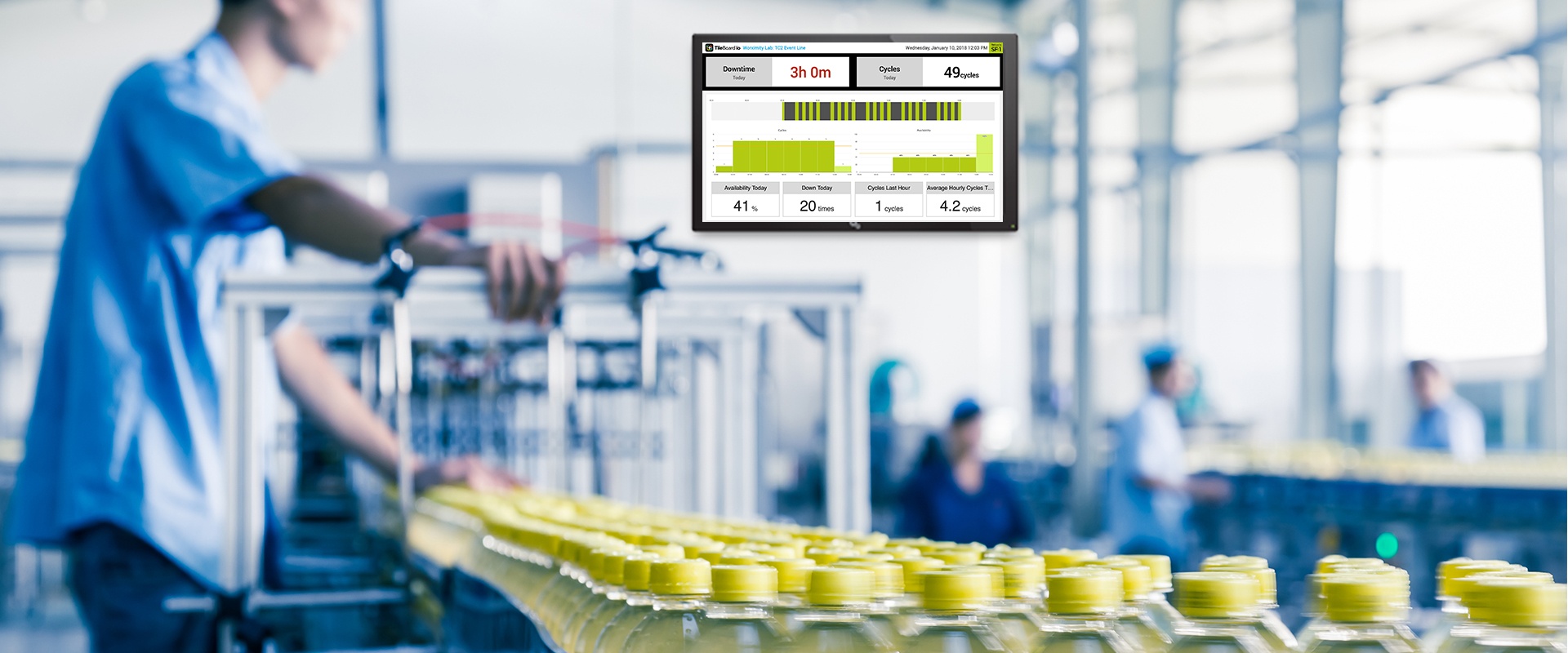In many food manufacturing companies, particularly larger ones, C-Level executives are able to delegate most company manufacturing or production management responsibilities to other high level employees. In small-scale food manufacturing companies, however, this will occur less frequently, requiring the executives to pay closer attention to company performance and take a more active approach to managing company operations, including manufacturing.
Most direct employee management will still be the responsibility of lower ranking managers, however, C-Level executives should be attentive to the company and its facilities, and should set improvement goals and establish projects to meet them.
In both types of food manufacturing companies, C-Level Executives are often most focused on macro-performance factors. These include financial statements such as income statements and balance sheets. They’re also paying attention to things often related to their compensation beyond earnings that owners or shareholders pay attention to, such as ROE (Return on Equity), cash flow, profit and product margins and cost of goods sold.
Each of these in turn, in a manufacturing business is driven by manufacturing performance KPIs.
For instance, inventory costs can be a significant percentage of the capital invested in a manufacturing business and is reflected in the balance sheet. To improve ROE, a manufacturing business can reduce their capital base by reducing the amount of inventory that is held at one point in time to produce a given amount of revenue. Lean Manufacturing, if implemented well, will enable the same, or better, productivity, while simultaneously reducing the need for raw materials and WiP (work in process) inventory. This improves ROE because the same, or better, profitability can be achieved while lowering the value of inventory held on the balance sheet.
As the directive goes out to meet reduced inventory goals across the production process, CXOs should be watching top-level manufacturing KPIs to make sure that KPIs that might be adversely affected by reduced materials availability don’t slip. Having real time high-level production KPIs available such as Production Rate and Efficiency will give early warnings to senior executives that the Lean Manufacturing implementation is not going as well as planned or is disrupting production near term. Production Rate is also an early indicator of future cash flow and efficiency directly impacts profit margins and COGS (cost of goods sold).
With profit margins in food manufacturing tending to be very tight, senior executives will be on the lookout for high-level KPIs that indicate that profit margins are being improved or are slipping. Manufacturing KPIs such as Efficiency affect profit margins as noted above, but so do Yield and Giveaway, metrics that enable senior level executives to hold the manufacturing teams accountable for the overall profitability of the business.
The Production Rate and Direct Labor Cost can be indicators to CXOs and high-level executives of financial performance that will be reported in the next month or quarter. Production Rate is directly tied to Revenue and Direct Labor Cost is tied to Variable Costs, both of which tend to drive the income statement in a manufacturing business. With these numbers at their fingertips, senior executives can have early warning that the Income Statement is on track for their next reporting period or needs to be managed.
For food manufacturing businesses, managing the business in real time to produce as much economic value as possible has become a necessity. However, in manufacturing businesses, historically it has been difficult to ‘reach into’ the manufacturing floor and extract useful metrics in real time. Manufacturing environments are complex and often have a wide variety of different types of machinery with different measurement needs. Using paper, or spreadsheets doesn’t provide the ability necessary to spot trends over time, or to get notice of upset conditions in real time, that enable continuous improvement to happen efficiently. Paper and pencil, or spreadsheets, also make it difficult to derive high-level analytics, or business intelligence, that enable senior leadership insights into how the business is doing day to day, much less moment to moment.
Having real time business insights into manufacturing performance lets senior executives gain visibility into how improvement efforts are going, begin to ‘see into the future’ so that they can manage investor or owner expectations, and quite frankly can reduce the anxiety of not knowing how things are going until final numbers are produced and need to be reported.
A smaller food manufacturing CXO can bring real-time, high-level insights right onto the manufacturing floor and help operators understand their impact on the business. For larger companies, this same information might inform senior management meetings or be available on overhead dashboards for senior management to have visibility into.
Below is an example of a Senior Executive Worximity Tileboard view. All of the real time manufacturing KPIs noted above are available. Having access to this information can either assure a senior executive that things are meeting, or above goal or can enable senior executives to begin to dig deeper into why things are off-track and make corrective actions sooner rather than when it’s too late.

Food Manufacturing Business Intelligence Dashboard
Are you a CXO or senior level executive in a food manufacturing business who would like real-time manufacturing business intelligence like this at your fingertips?
Book a demo with a Worximity food manufacturing consultant today and get started!

















